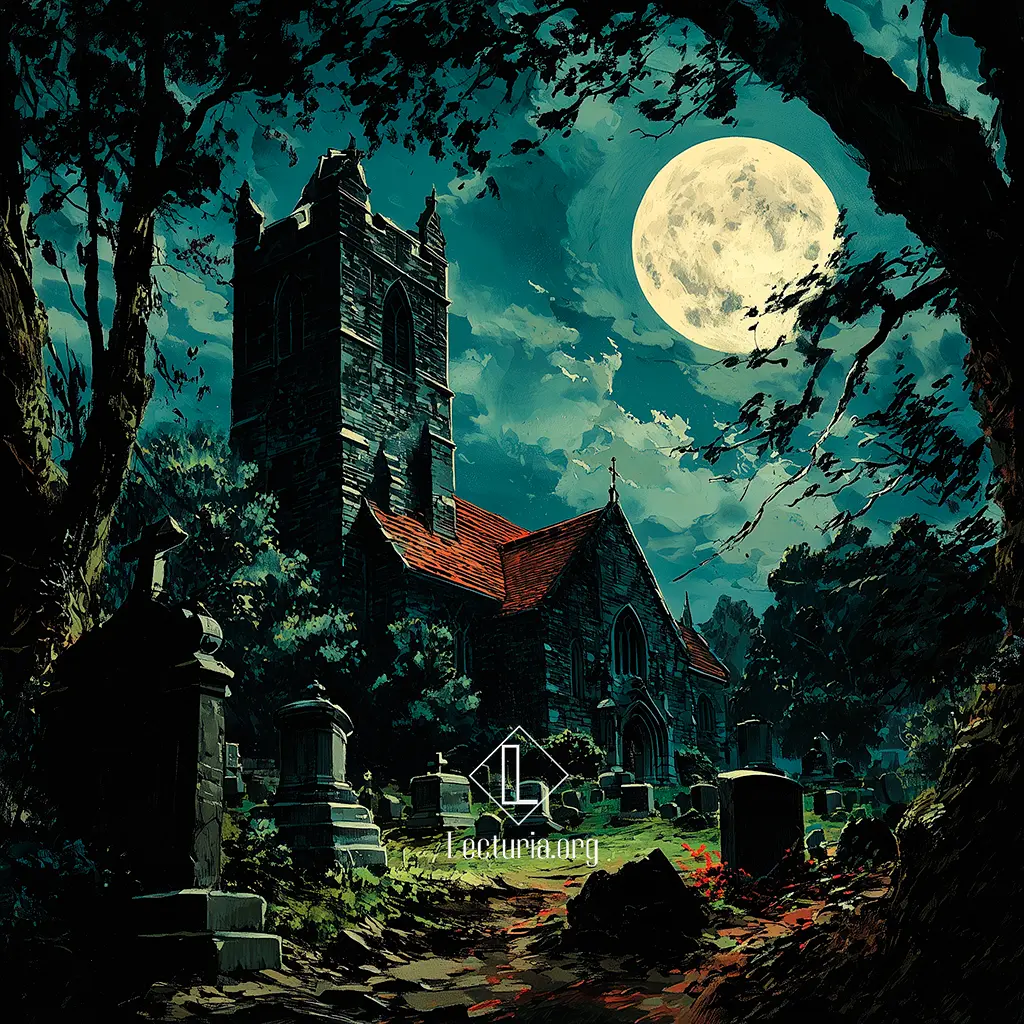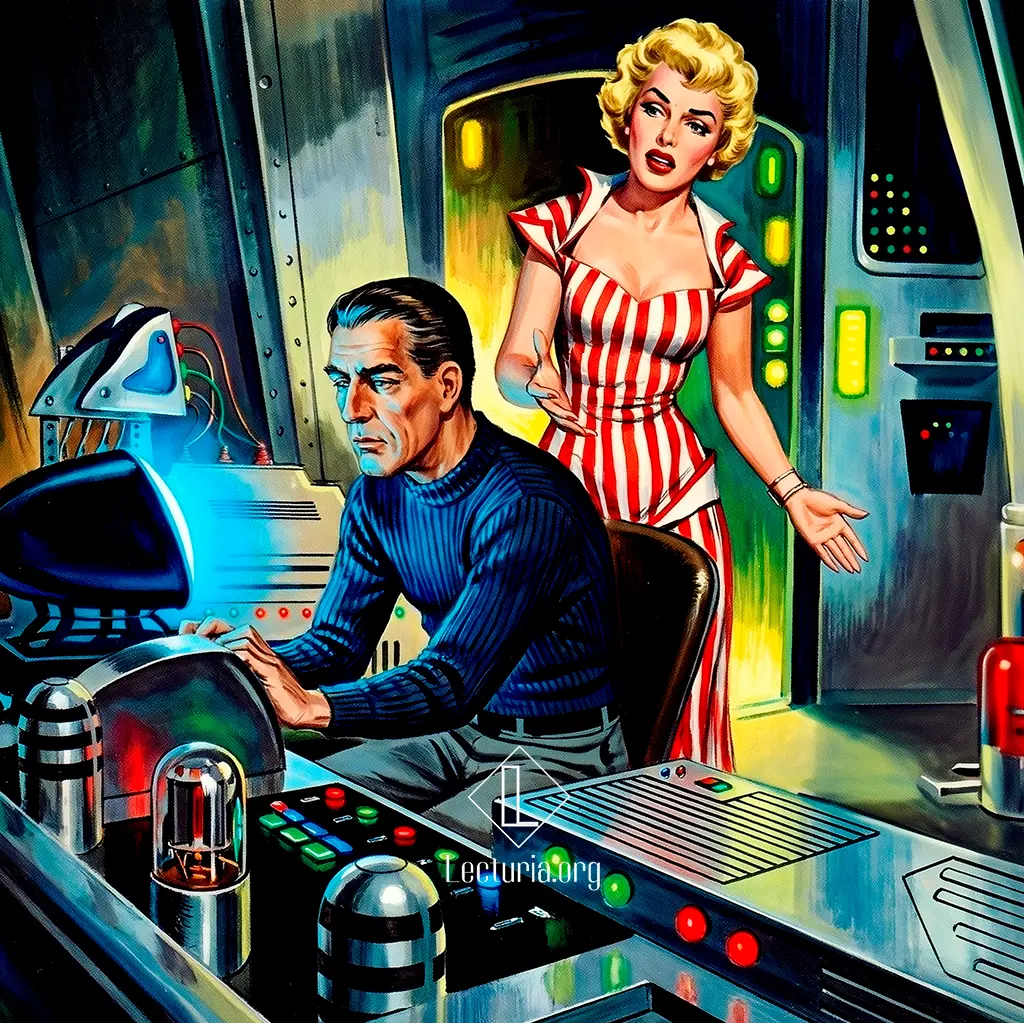Arthur Conan Doyle: The Adventure of the Sussex Vampire
In “The Adventure of the Sussex Vampire,” a short story by Arthur Conan Doyle published in January 1924 in The Strand Magazine, Sherlock Holmes and Dr. Watson face an unusual mystery when they receive a letter about a suspected case of vampirism. A concerned client, whose family is being torn apart by strange events, desperately seeks Holmes’ help. With his keen powers of observation and deduction, Holmes unravels a plot that defies conventional explanations, revealing the complexities of human relationships and the prejudices that can blind us to the truth. A story that combines Gothic elements with Holmes’ characteristic ingenuity in solving mysteries.





